Rembrandt's Self Portraits: An Intimate Study Through Time
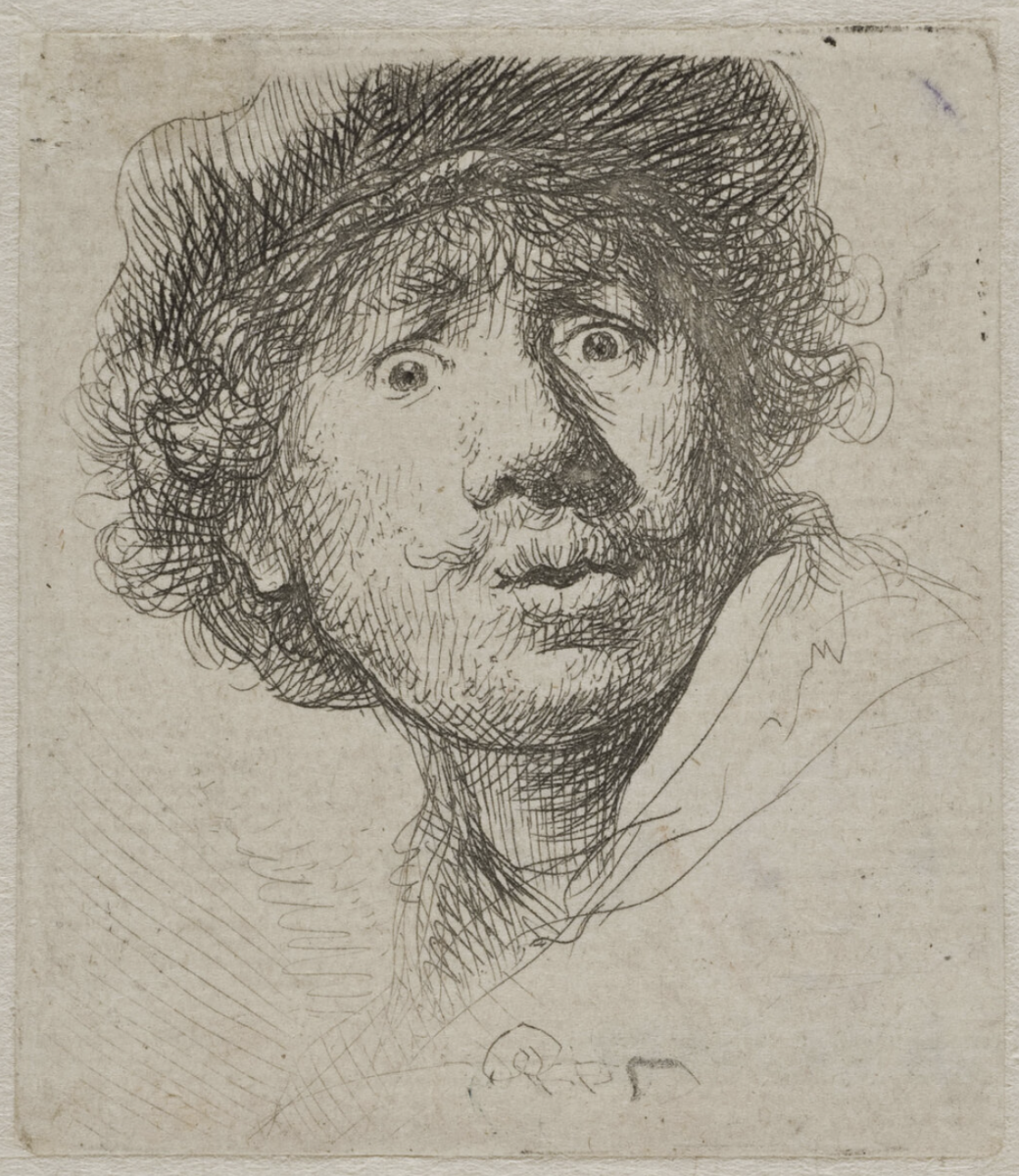
Rembrandt Harmenszoon van Rijn (1606–1669), one of the most profound artists in history, left behind a legacy of self-discovery through his series of self-portraits. Over the course of his lifetime, Rembrandt produced an unprecedented number of self-portraits, with approximately 80 paintings, etchings, and drawings. This body of work provides not just a look into the artist's physical transformation, but also an intimate psychological journey through the evolution of his artistic career.
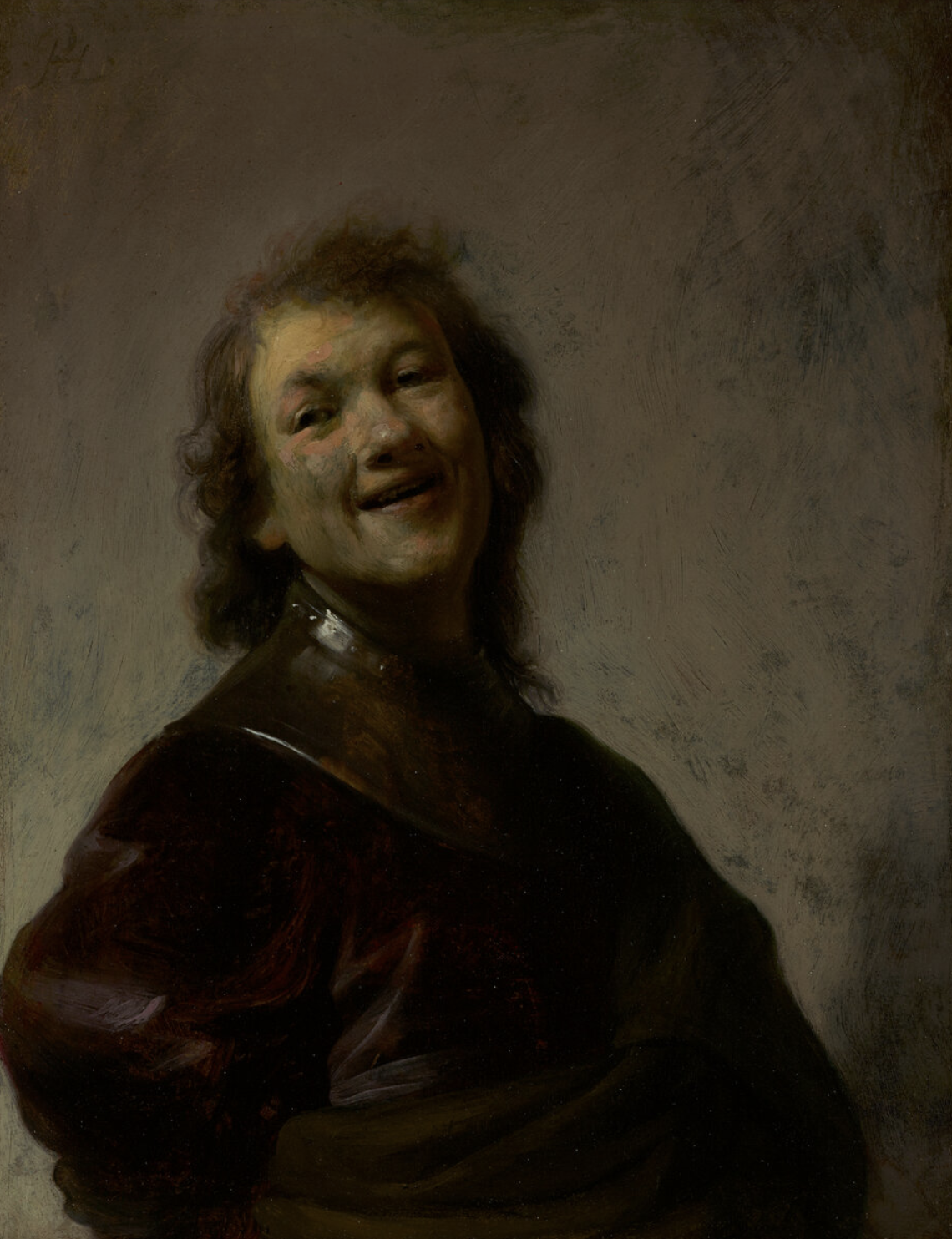
A Chronicle of Aging
Rembrandt's self-portraits are, in a sense, a visual diary that documents his own aging process. From his early twenties until the year of his death, he used himself as a subject with relentless honesty. Unlike many of his contemporaries, he refrained from idealizing his features; instead, he depicted the natural aging of his face with every wrinkle, blemish, and expression. These self-portraits form a chronological arc that mirrors Rembrandt's life, offering glimpses into his prosperity and eventual hardships.
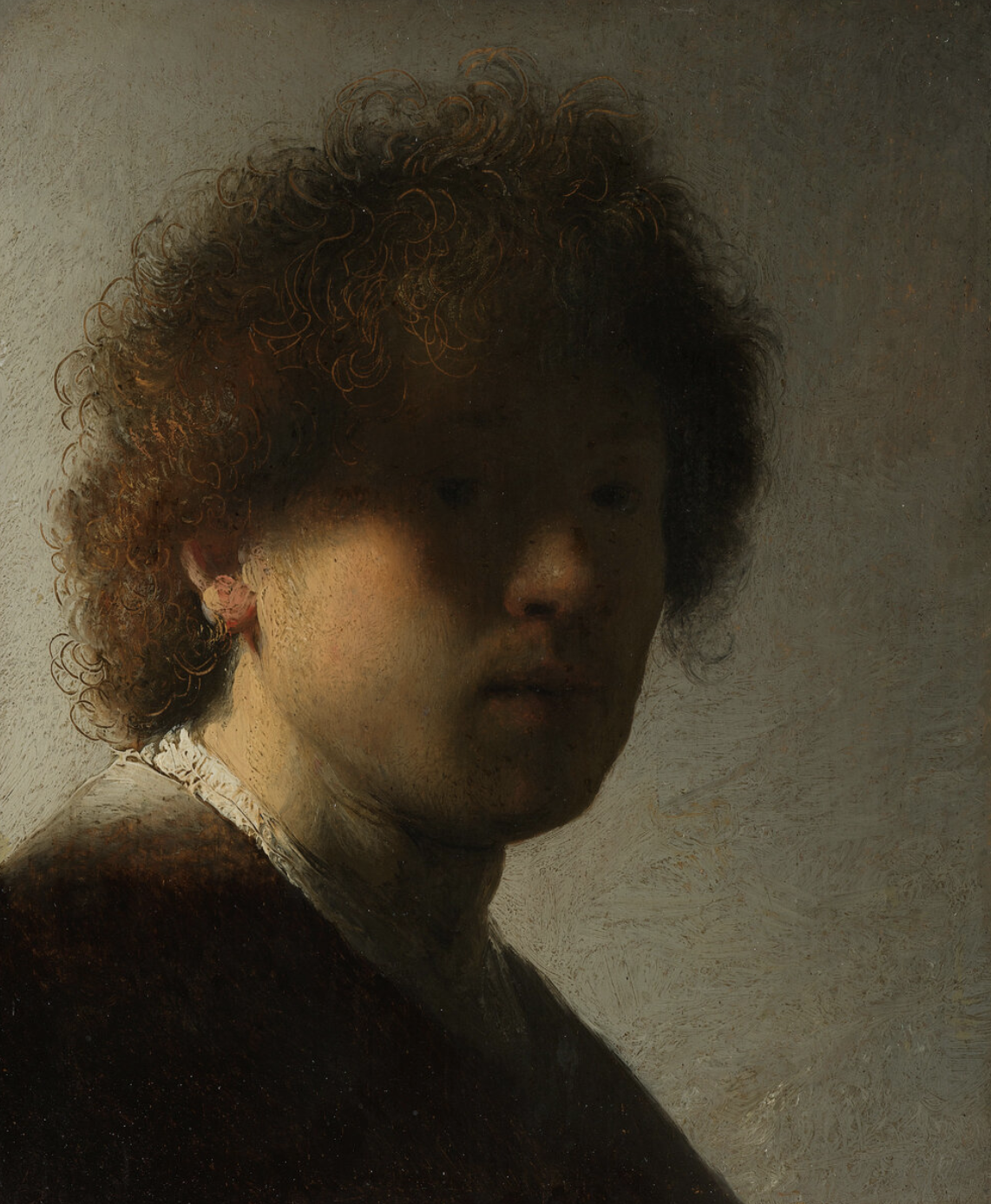
Artistic Exploration
Beyond mere self-representation, Rembrandt's self-portraits served as a platform for artistic experimentation. Through these works, he explored a wide range of expressions, moods, and personas. Often, he would dress in costumes, donning historical, exotic, or fantastical attire to assume different roles and characters. This practice allowed him to delve into aspects of drama and theatricality within his art, challenging the conventions of portraiture.
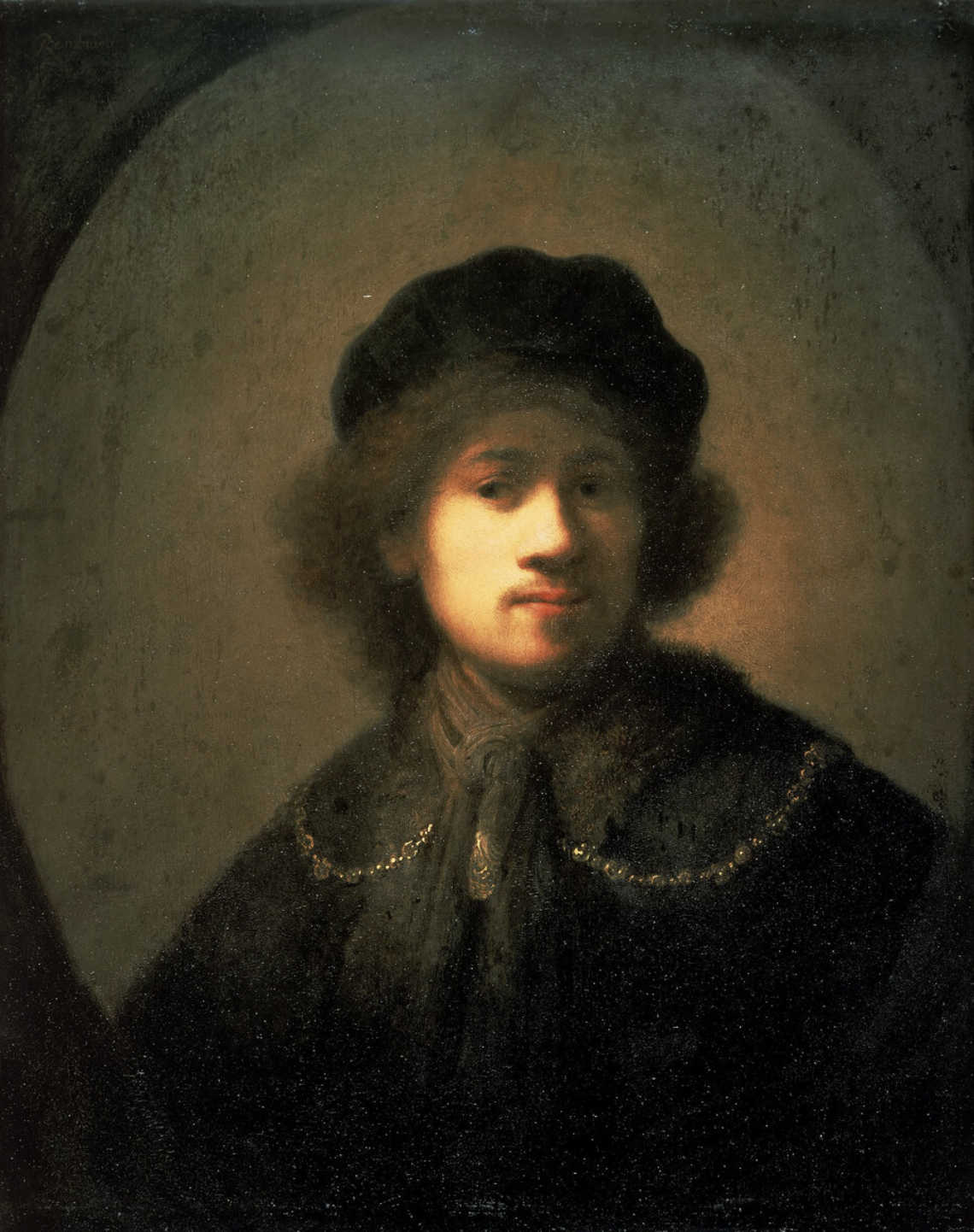
Technical Virtuosity
Each self-portrait exemplifies Rembrandt's mastery of light, shadow, and texture. His use of chiaroscuro—a technique that plays with deep contrasts of light and dark—helped create the three-dimensional illusion of his face emerging from the darkness. The impasto technique, where thick layers of paint are applied, gave life to the vivid textures of his skin, hair, and attire. His etchings too, though monochromatic, exhibit this same command of light and detail, demonstrating Rembrandt's skill across different mediums.
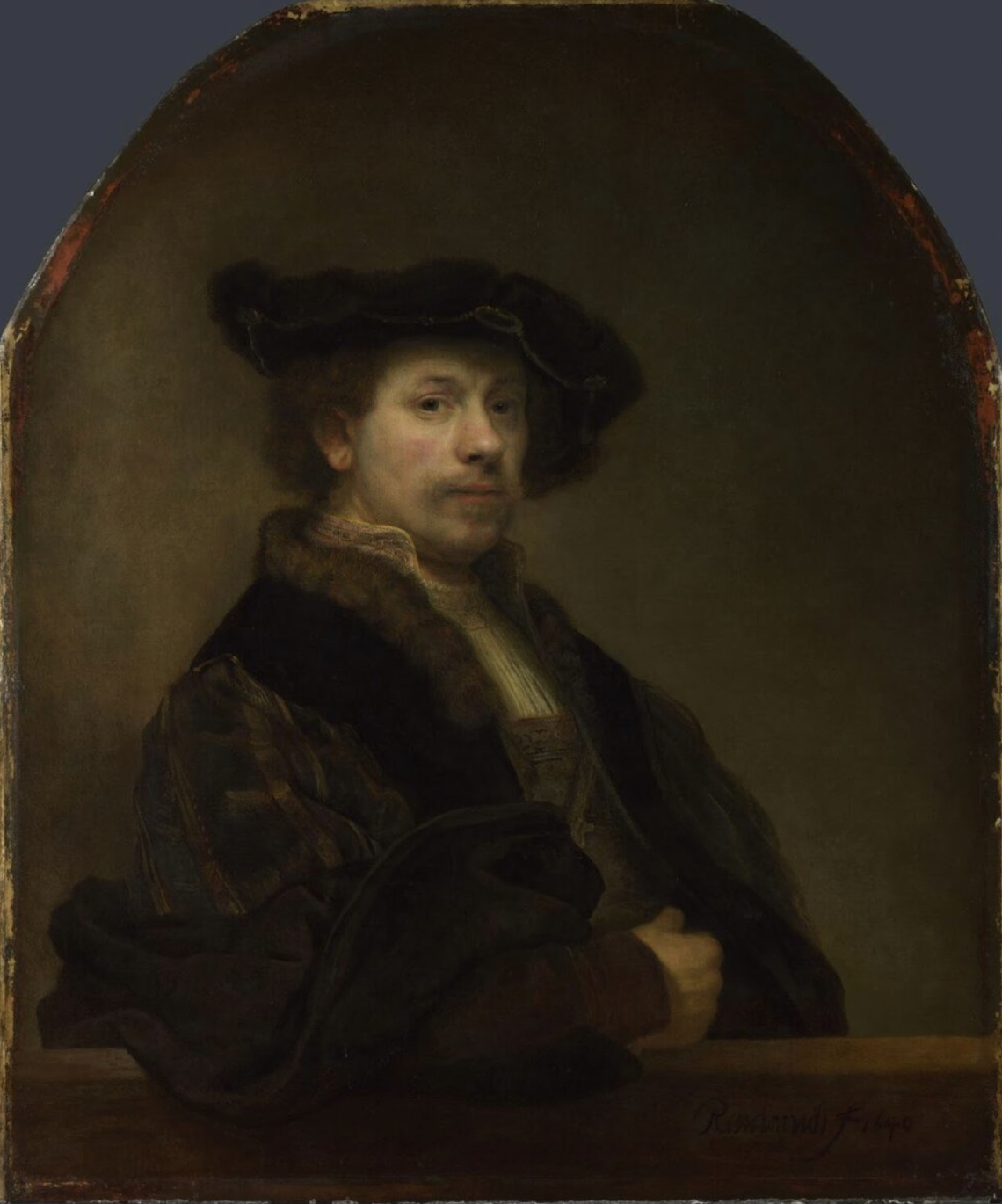
Self-Reflection and Emotion
Rembrandt's self-portraits are also noted for their emotional candor. Whether he appears contemplative, weary, confident, or somber, there is a consistent sense of introspection. He often gazes directly at the viewer, creating a sensation of connection and introspection. The changing nature of his expressions over time reflects both personal experiences and broader artistic interests, from his initial self-assuredness to later, more somber and reflective depictions.
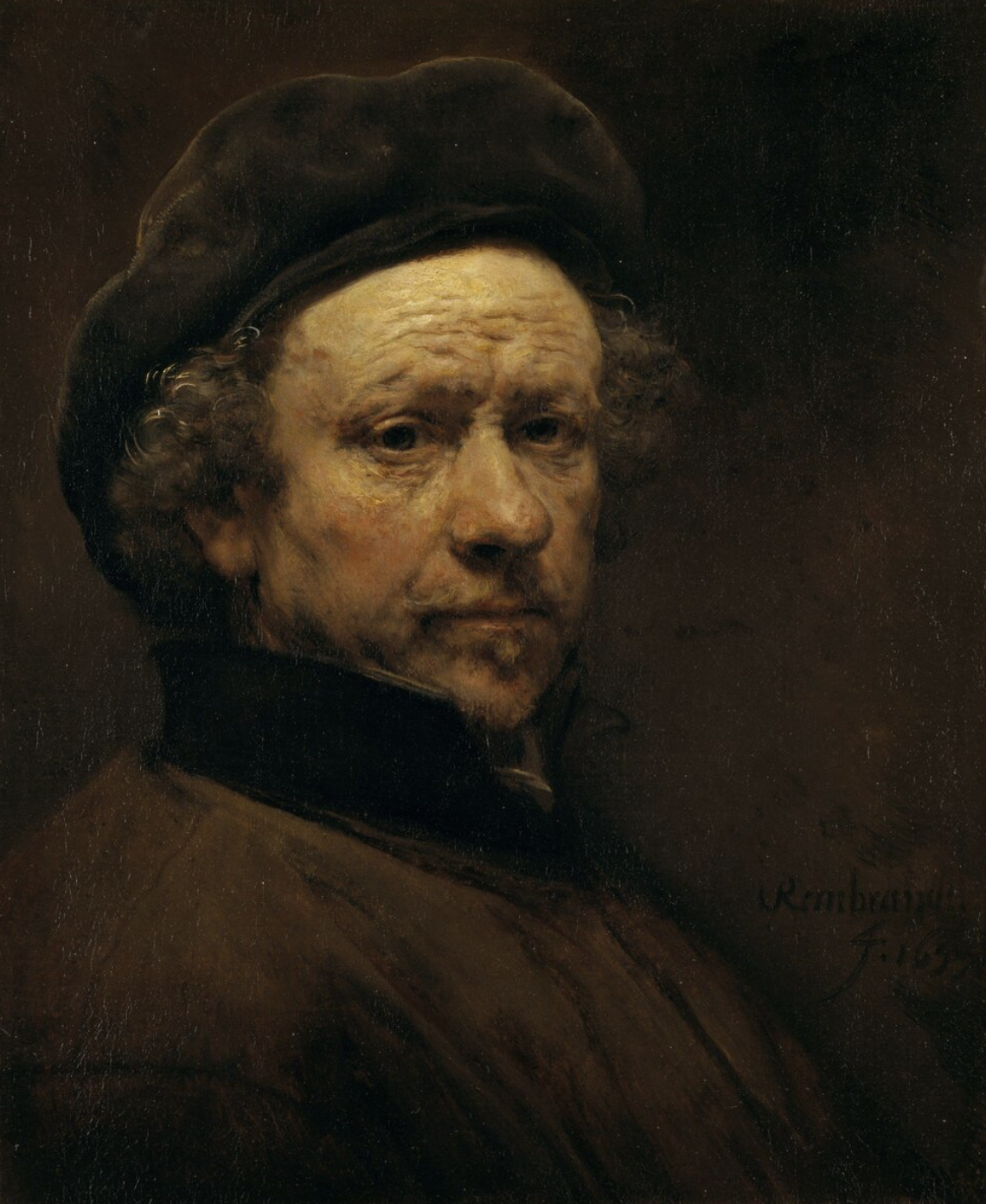
A Legacy in Art History
Rembrandt's in-depth self-scrutiny set him apart from his peers, creating a distinctive niche in art history. His willingness to depict himself without vanity starkly contrasted the idealized self-portraits popular among the aristocracy and other painters of the time. This vulnerability and humanity positioned Rembrandt as an artist deeply in touch with the reality of the human condition.
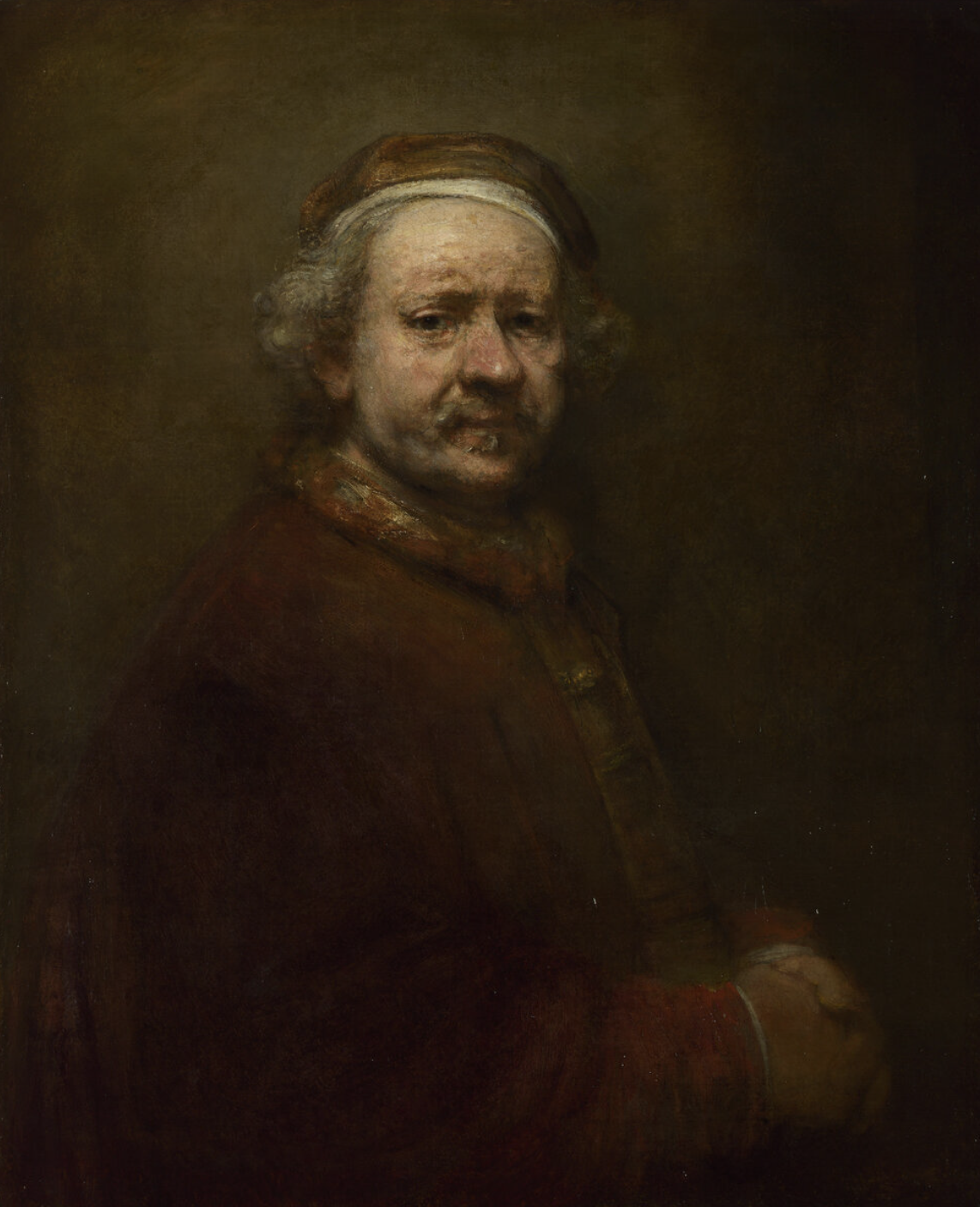
Rembrandt's series of self-portraits remains one of the most remarkable pilgrimages into an artist's private realm. These works not only showcase his evolving artistry but also serve as candid narratives of his life's journey. They depict the man behind the myth, the artist in all his facets, and the timeless curiosity that drove Rembrandt to capture his own image in various shades of light and shadow. For the viewer, these self-portraits offer a chance to gaze into the eyes of a master and see there not just his reflection but our own shared humanity.